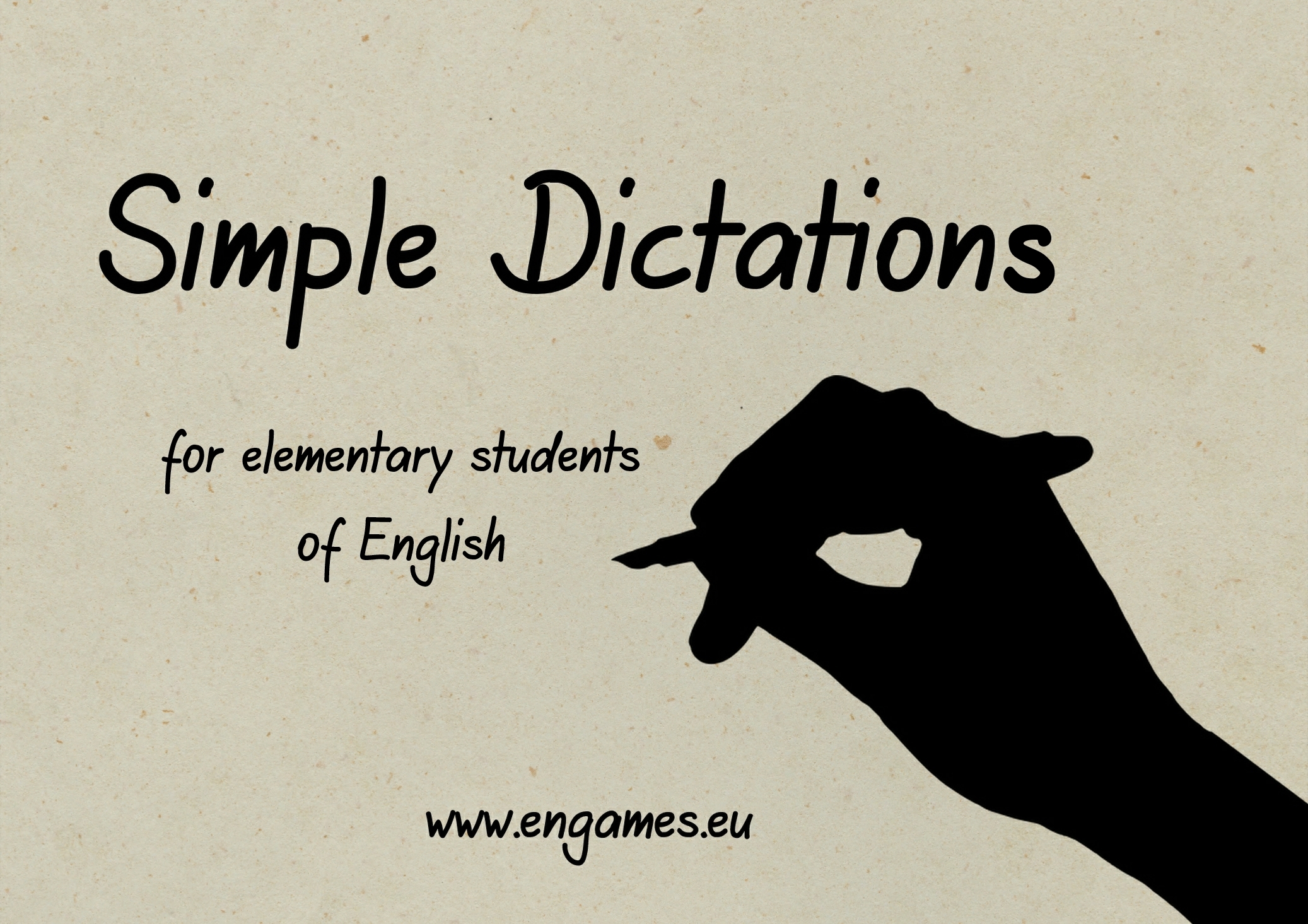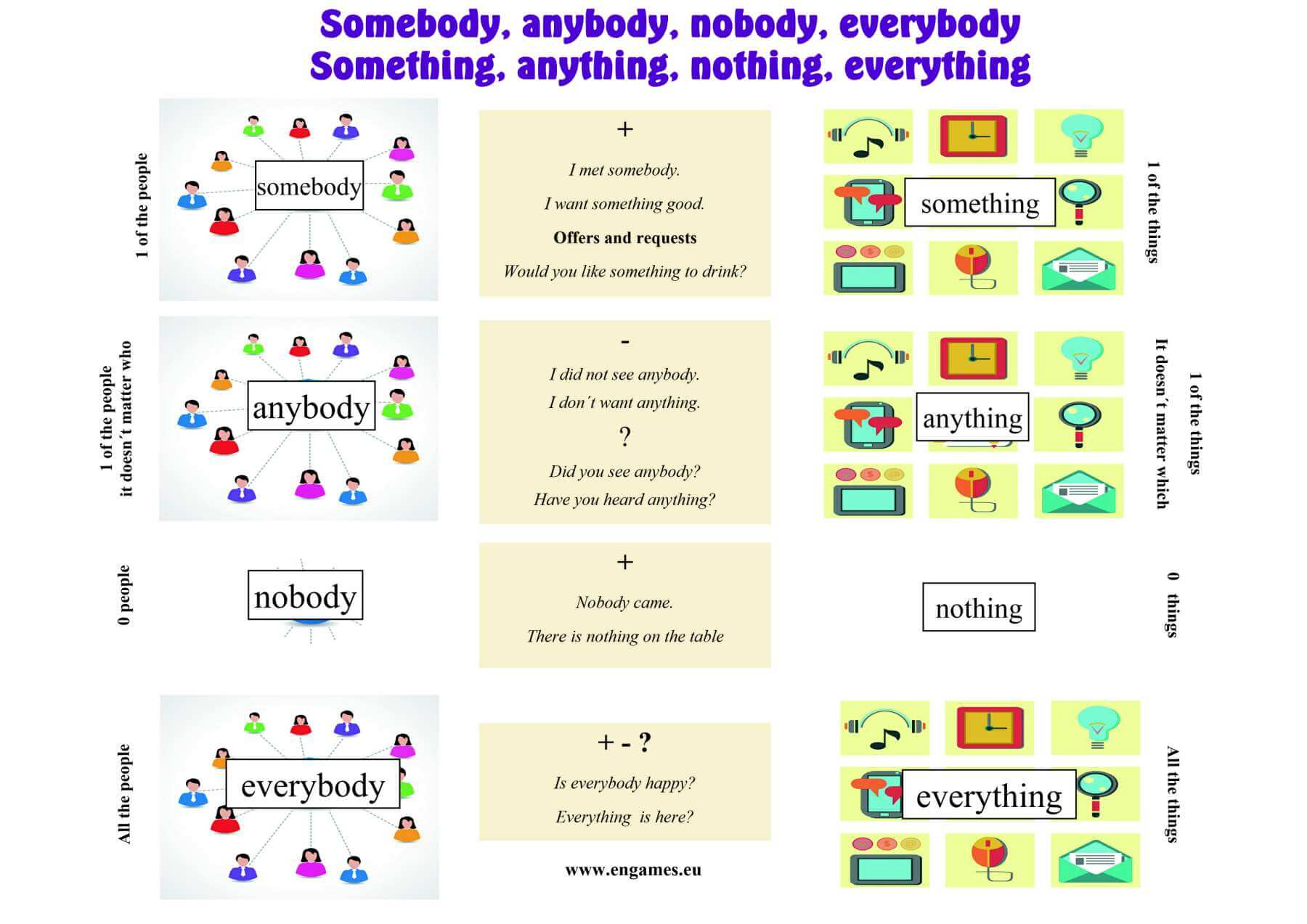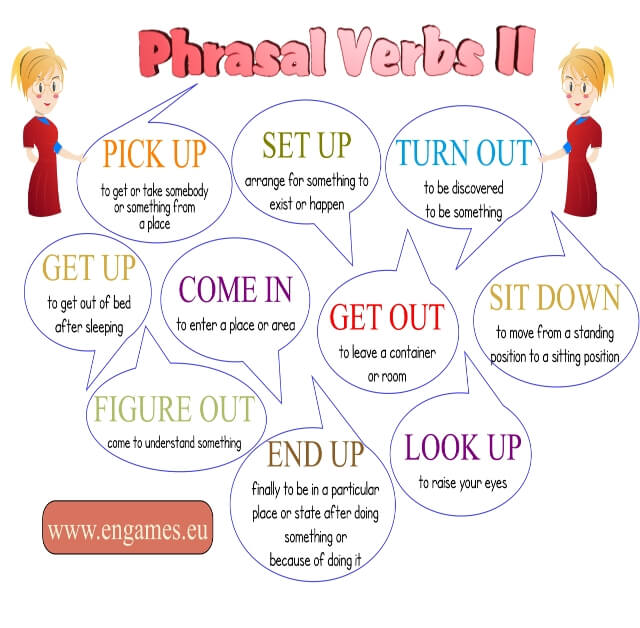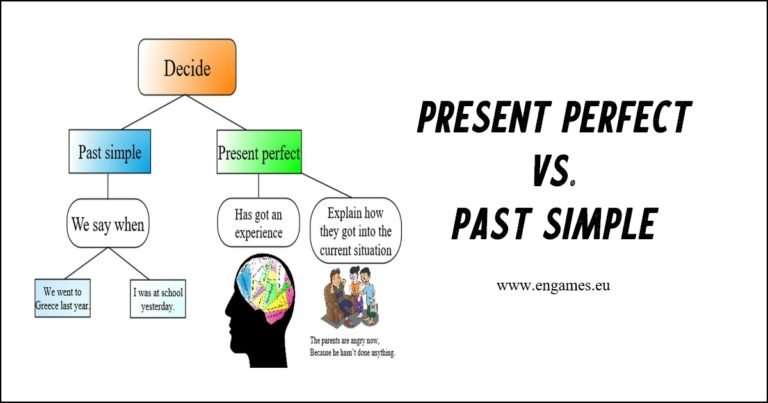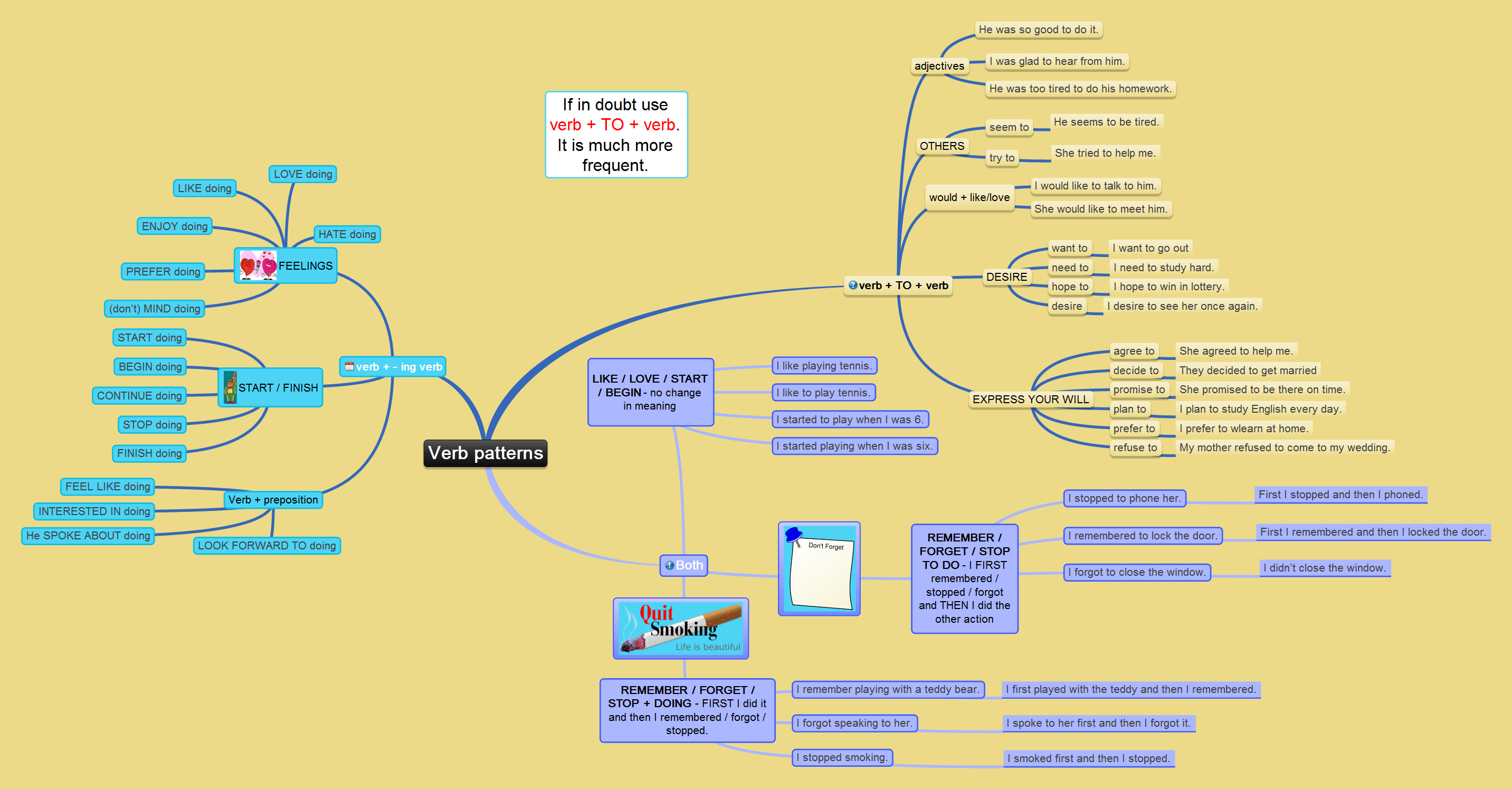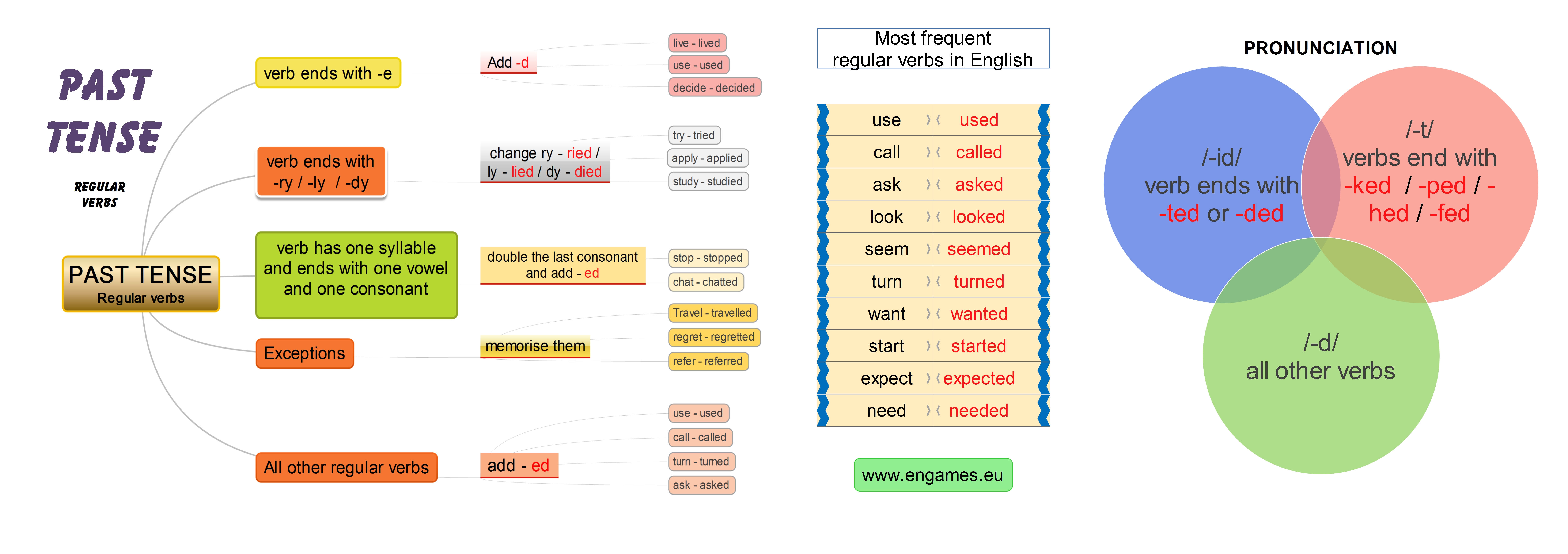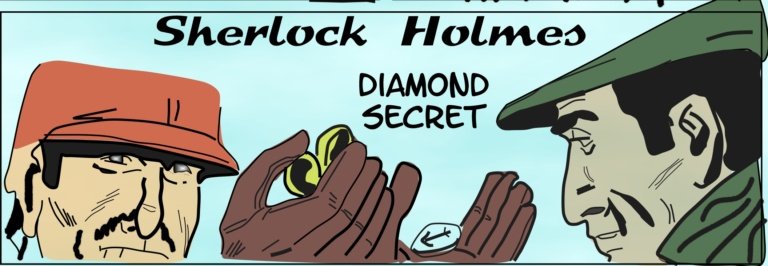Simple Dictations for Elementary Students
Dictations?! Really? Isn’t this method outdated, boring and non-communicative?
Yes, it certainly isn’t modern or innovative, but it is useful. It provides feedback on listening and during a dictation the skill of writing gets some practise.
Moreover, Paul Nation in his book “What Every EFL Teacher Should Know?” puts dictation among Language-Focused listening and speaking activities. He writes that “there is value in giving deliberate attention to language features in listening and speaking. This deliberate attention provides a way of learning new language features quickly and efficiently.” Put simply, dictation helps learners practise listening and writing and it improves their language at the same time.
How to do a dictation?
The classroom procedure should be following. The teacher first reads the whole dictation at a normal speed, and students only listen. Then the teacher reads small chunks of the text quite naturally and students write what they hear. The teacher reads each chunk twice. In the end, the teacher reads the whole text again at a normal speed.
Once the dictation is over, there are several ways to check the writing. The teacher can collect the dictations and check them. Or they can display the correct text and students correct their own work. Or the students work in pairs and correct their partner’s writing.
I followed these instructions and I created and recorder the following dictations for my elementary students of English.
The first two dictations focus on the verb TO BE, while the last one features the verb HAVE GOT, too.
Dictation 1
Dictation 2
ADVERT:
[showmyads]
Dictation 3
I hope these dictations will help you in your teaching and that your students will improve their listening and writing.
Works cited:
Nation, P (2013). What Should Every EFL Teacher Know? [E-book].Compass Publishing.
